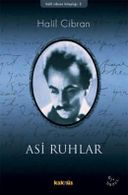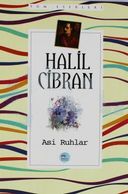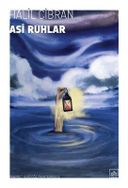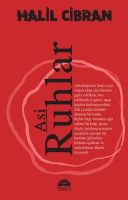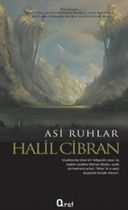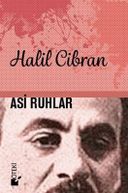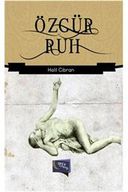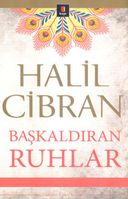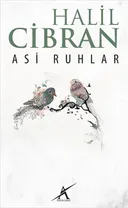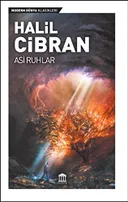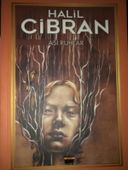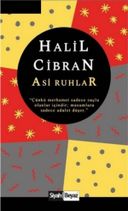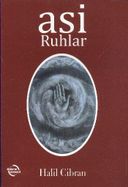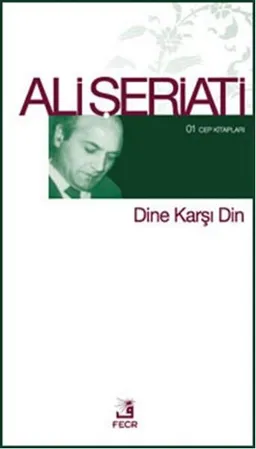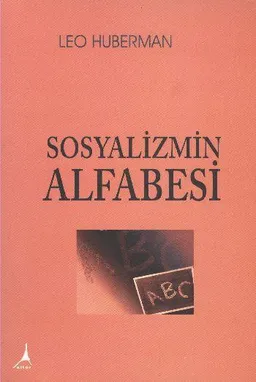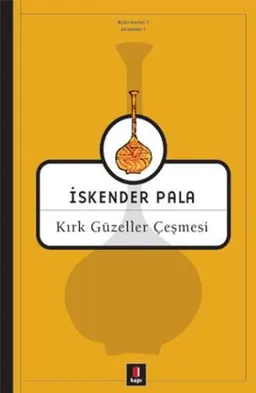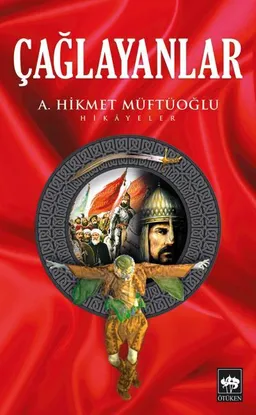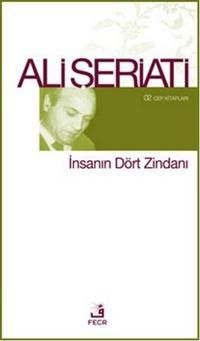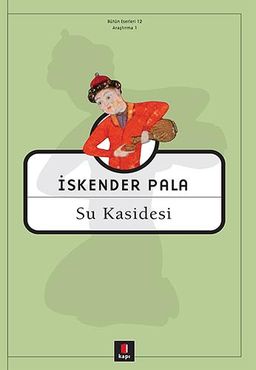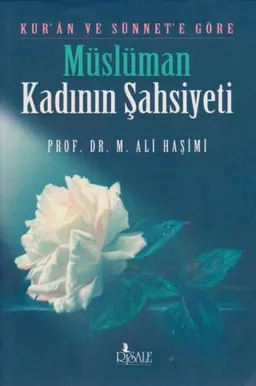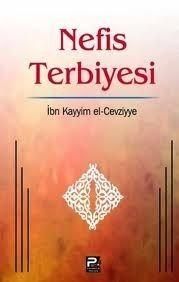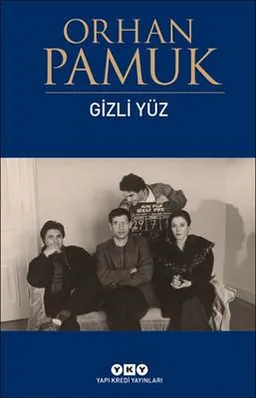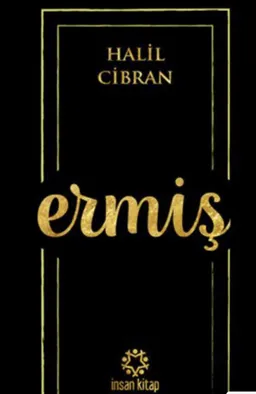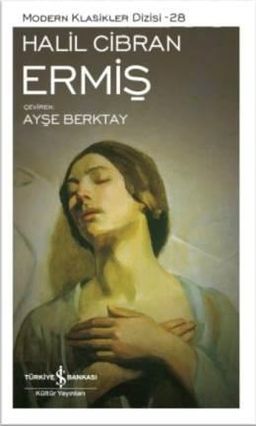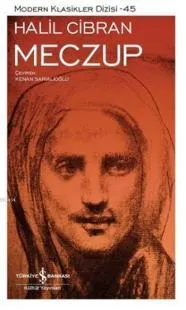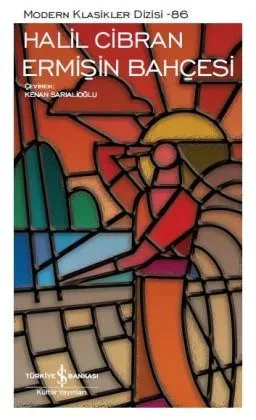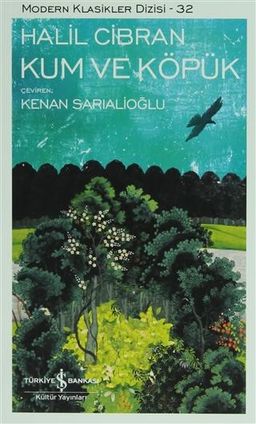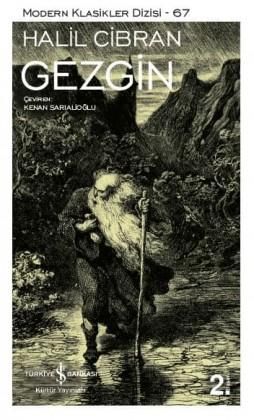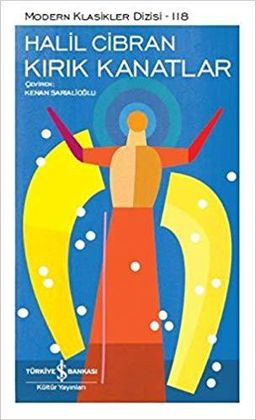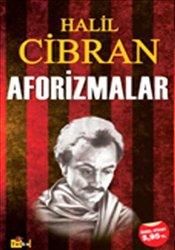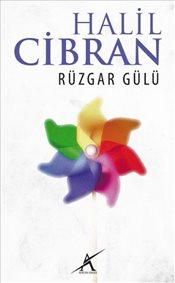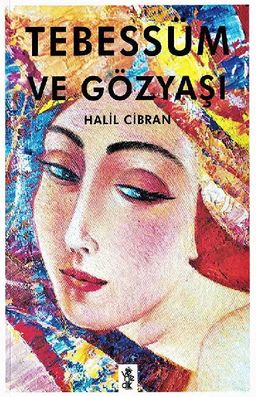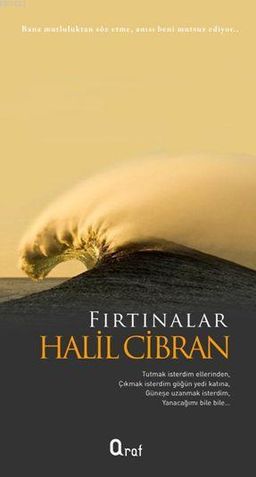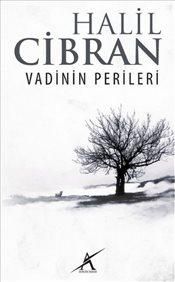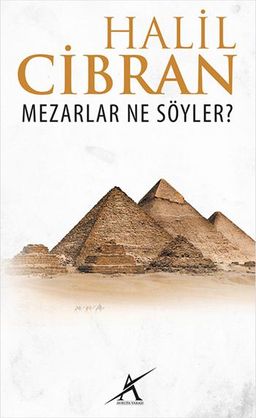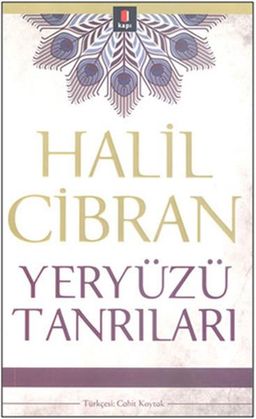Asi Ruhlar
Halil CibranAbout Asi Ruhlar
Asi Ruhlar subject, statistics, prices and more here.About
İnsanın en keskin duygularından biridir isyan, kimi aşk için, kimi hak için kimi özgürlük için, kimi de adalet için başkaldırır. Yaşamla sorunu olmayan insanın yapacağı iş değildir isyan etmek. Bir derdi olmalı isyan edenin. Halil Cibran'ın 1908 de yayınlanan 3. Arapça kitabı olan Asi Ruhlar günlük hayatta karşılaştığınız olaylara farklı bir açıdan bakmanızı sağlayacak Toplumun dayatmış olduğu kurallara doğruları ve aşkı için karşı gelmiş bir kading Verde El Hani Verilen her kararın doğru olmadığının örneği: Mezarlığın Caglig Düğünlerin her zaman mutlu sonla bitmediğinin kanıtı: Düğün Şöleni Ezilen ve hakkı yenen insanların lideri: Günahkâr Halil Toplum tarafından asi olarak nitelendirilen topluma karşı gelmiş insanların kitabı. . .
Acaba her şey gerçekten gördüğümüz gibi mi? Acaba gördüklerimiz bizi yanıltıyor olabilir mi? Acaba doğru bildiğimiz her şey gerçekten doğru mu? Acaba bildiklerimiz dışında doğru olan başka şeyler de var mı? Acaba güçlü olan her zaman haklı mı? Acaba güç adaletli olmamıza zarar verir mi? Acaba verilen her karar doğru karar mı? Acaba yanlış verilen kararların düzeltilmesi mümkün mü?
Author: Halil Cibran
Translator: Tuğrul Dursun
Estimated Reading Time: 4 hrs. 59 min.Page Number: 176Publication Date: March 2020First Publication Date: 1908Publisher: Olympia YayınlarıISBN: 9786056641268Country: TürkiyeLanguage: Türkçe
Other Editions
Asi Ruhlar
1,162 okunmaKaknüs Yayınları · 1 December 2017 · 112 syf
Asi Ruhlar
228 okunmaMaviçatı Yayınları · September 2017 · 169 syf
Asi Ruhlar
177 okunmaZeplin Kitap · 2018 · 80 syf
Asi Ruhlar
170 okunmaİthaki Yayınları · 2021 · 88 syf
Asi Ruhlar
138 okunmaArkhe Yayınları · 2016 · 169 syf
Asi Ruhlar
129 okunmaMartı Yayınları · April 2021 · 112 syf
Asi Ruhlar
112 okunmaAraf Yayıncılık · September 2012 · 144 syf
Asi Ruhlar
78 okunmaÖteki Yayınevi · 26 November 2016 · 109 syf
Özgür Ruh
70 okunmaGece Kitaplığı · May 2014 · 55 syf
Başkaldıran Ruhlar
67 okunmaKapı Yayınları · 2013 · 148 syf
Asi Ruhlar
62 okunmaAvrupa Yakası Yayınları · 2013 · 176 syf
Asi Ruhlar
58 okunmaOlympia Yayınları · March 2020 · 176 syf
Asi Ruhlar
53 okunmaErasmus Yayınları · 2017 · 169 syf
Asi Ruhlar
50 okunmaSiyah Beyaz Yayınları · 2020 · 152 syf
Asi Ruhlar
23 okunmaSüre Yayınları · 2011 · 121 syf
Book Statistics
All statistics
Statistics of this edition
Reader Profile of the Book
Kadın% 67.0
Erkek% 33.0
0-12 Yaş
13-17 Yaş
18-24 Yaş
25-34 Yaş
35-44 Yaş
45-54 Yaş
55-64 Yaş
65+ Yaş
About the Author
Halil CibranYazar · 89 books
This text has been automatically translated from Turkish. Show Original
Gibran was born in 1883 as a child of a Maronite family in the Lebanon Governorate under the control of the Ottoman Empire. He immigrated to the USA with his family and siblings in 1895. He attended school in the city of Boston while his mother worked as a seamstress. Noticing Gibran's creativity, his teacher introduced him to photographer and publisher F. Holland Day. Gibran was sent back to his hometown by his parents at the age of fifteen to enroll at the Collège de la Sagesse in Beirut.
In 1904, Gibran's drawings were exhibited for the first time at Day's studio in Boston, and his first book in Arabic was published in New York in 1905. Gibran studied art in Paris from 1908 to 1910, with the financial help of his newly met philanthropist Mary Haskell. While there, he met Syrian political thinkers who supported rebellion in the Ottoman Empire after the Young Turk Revolution; Some of Gibran's writings, expressing the same ideas as well as anticlericalism, would eventually be banned by the Ottoman authorities.
His works and thoughts had a wide impact around the world. Gibran, whose poems have been translated into more than twenty languages, was also a successful painter. Some of his paintings are exhibited in many cities around the world today.
The author, who spent the last twenty years of his life in the USA, wrote his works in English in this country, where he stayed until his death.
One of Khalil Gibran's most famous works, Nebi, which was first published in 1923, is a book of mixed poetry essays consisting of a total of 26 poems. The book itself consists of the story of a prophet named El Mustafa being stopped by a group of people when he was about to leave the city of Orphalese, where he stayed for 12 years, and going home, and the conversations between the main hero and the people about the general situation of humanity and life. The name given by Gibran to the person named El Mustafa in this book is the Prophet Muhammad. There are those who claim that it points to Muhammad. However, the texts in the book mostly show similarities and parallels in terms of content and style with Jesus' Sermon on the Mount, which takes place in the 5th chapter of the Gospel according to Matthew. If the studies in the author's book titled Jesus, Son of Man are taken into consideration, the claims that El Mustafa could be Jesus Christ, Son of Mary, become even stronger. The Garden of the Saint is the sequel to Khalil Gibran's book The Saint. Its translation into Turkish was made by R.Tanju Sirmen. Publication year 1999.
